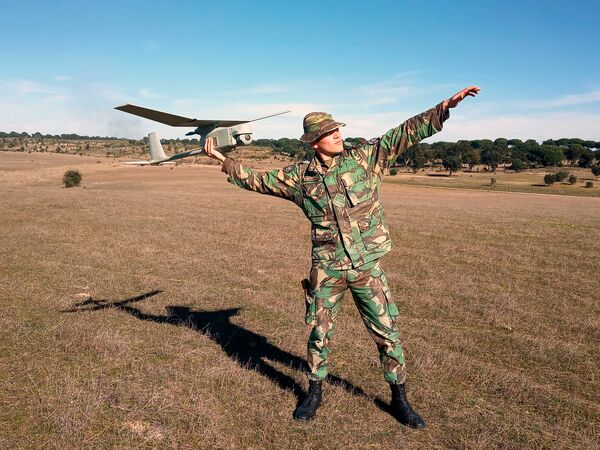
AeroVironment's products include the hand-launched Raven unmanned aerial vehicle. (Portuguese Army)
Supply chain bottlenecks, the Covid-19 pandemic-related procurement delays, US budget uncertainty, and staffing shortages are all poised to hurt AeroVironment's financial performance in the second half of fiscal year (FY) 2022, according to the unmanned systems manufacturer.
“While we achieved second-quarter and first-half results in line with our expectations, headwinds to our business have intensified in recent months, requiring us to reduce our full-year outlook,” AeroVironment president and CEO Wahid Nawabi said on 7 December.
AeroVironment lowered its FY 2022 revenue projection to USD440–460 million, down from an earlier estimate of USD560–580 million. Also in FY 2022, which ends on 30 April 2022, the company expects to sustain a net loss of USD8–12 million instead of generating net income of USD29–34 million as previously thought.
Supply chain problems have hindered AeroVironment's ability to manufacture and deliver products to customers in a timely manner, “even as our dedicated teams have focused on mitigating the situation to the best of their abilities in the last 12 months by working with new and existing suppliers to find component parts”, Nawabi said.
The Covid-19 pandemic-related travel restrictions have made it harder to secure new contracts, and tight labour markets have made it difficult to hire engineers, AeroVironment said. Meanwhile, the use of short-term continuing resolutions instead of full-year appropriations bills to fund the US government has slowed decision-making in Washington, DC.
Despite these challenges, AeroVironment expressed optimism about its long-term performance, noting that its funded backlog was USD252 million at the end of October, up 19% from six months earlier.
Looking to read the full article?
Gain unlimited access to Janes news and more...



